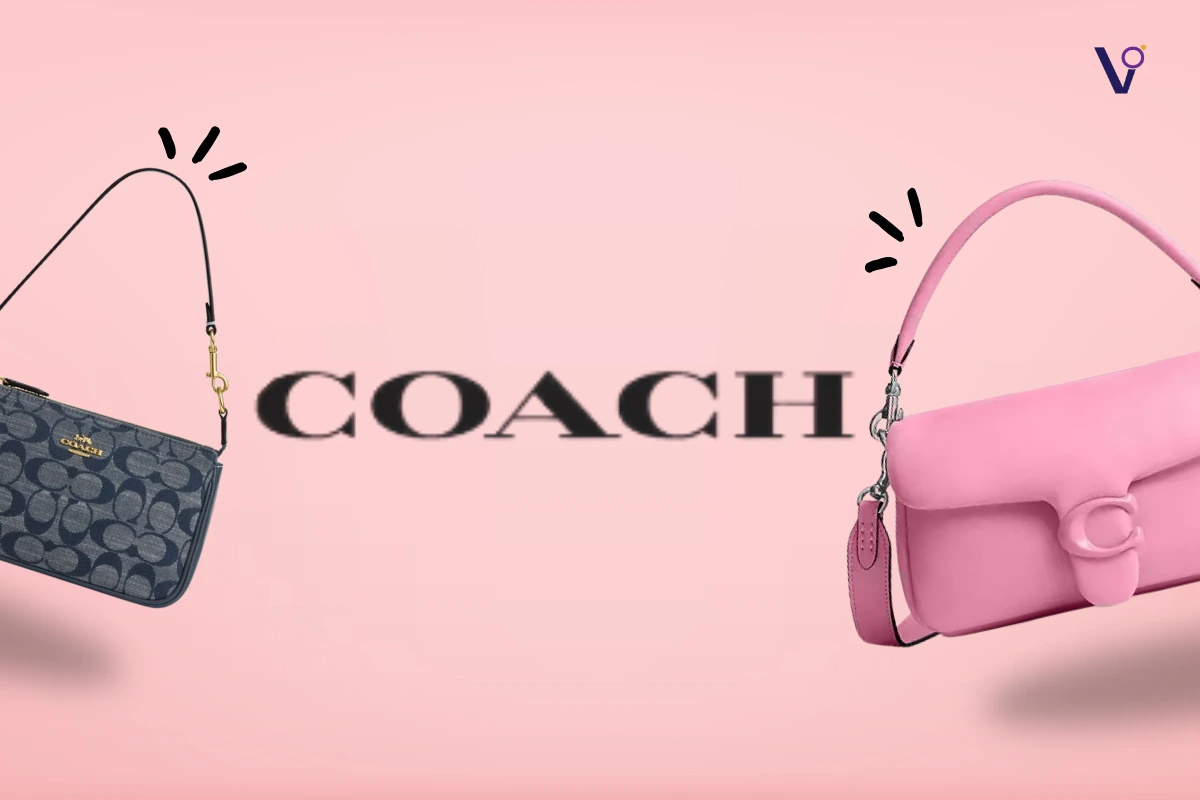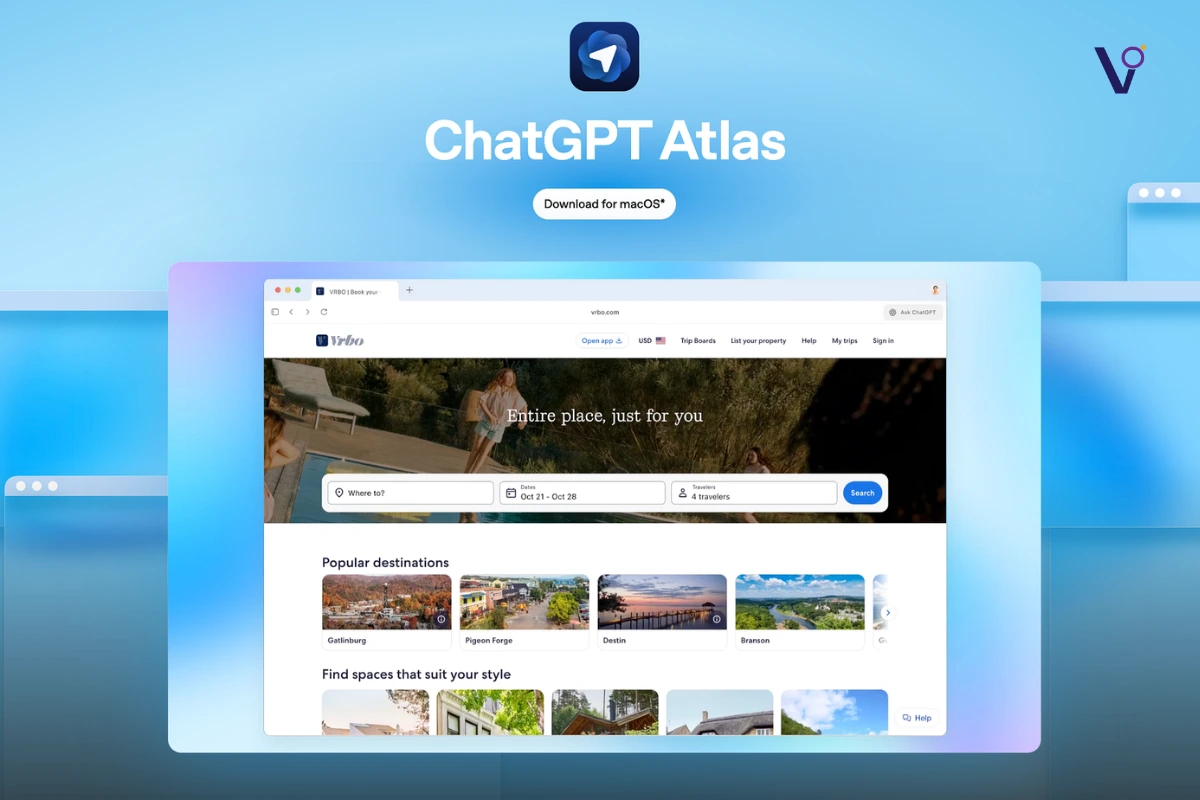Coach purses were a staple in the early 2000s, spotted on the arms of teens at the mall and celebrities on the red carpet. The monogrammed design with a double C logo was everywhere. But by the 2010s, the brand fell out of favor, its luxury reputation slipped, and sales plummeted. In fact, the company wiped out about 60% from its market cap between its 2012 peak to mid-2014.
But Coach is back. The girls came through. Coach is back. Mainly among Gen Z consumers who were driving a lot of its growth. Fashion always looks to the youngest generation for inspiration and then every other generation follows. Through smart Gen Z marketing, they believed that if they could win with the timeless Gen Z audience, they could ultimately win with everyone.
In 2024, Coach surpassed Michael Kors to capture second place in the US luxury handbag market. It was named the fifth hottest fashion brand in the fourth quarter of 2025, climbing ten spots from its previous ranking. In this sector, it’s rare to take a mall brand that has been tarnished and elevate it back to credible luxury status.
From a marketing perspective, Coach, founded in 1941 as a men’s leather goods brand inspired by the patina of a baseball glove, evolved into a women’s fashion house by the 1980s, expanding from Madison Avenue to Macy’s nationwide.
How Coach Lost Its Luxury Cachet Over Time
The brand distinguished itself as accessible luxury, high craftsmanship at affordable prices, in the late ’90s to early 2000s. Its iconic logo-covered bags became an IT girl item. But as logomania fell out of favor, Coach suffered from heavy discounting and over presence, and outlet malls cheapened its reputation. Consumers traded the brand for competitors like Tory Burch, Michael Kors, and Kate Spade. The brand had almost been diluted in terms of its heritage and the value of the products.
Coach’s Reinvention
There was a time when you’d just walk in the store and get handed a 20% off coupon. And that was a site-wide or store-wide discount. Over time, that drags down the brand equity overall.
By 2013, the company recognized the need to course correct. Nearly all of its North American sales are direct to consumer, so Coach had great access to long-term data. The company hired a new executive creative director, Stuart Veveers, who came from high-fashion brands Mulberry and Loewe, to introduce a more youthful aesthetic. He shifted Coach away from the heavy logo designs.
Key Strategic Shifts
The company closed underperforming stores and shifted away from discounting, pulling back to reassess its strategy. In reviewing their products, they recognized the need to scale back and refocus on quality.
Coach took a turn-around because:
- Hired new creative leadership to modernize the aesthetic.
- Scaled back on discounting and closed underperforming stores.
- Focused on quality over quantity and controlled distribution.
- Made strategic acquisitions: bought Stuart Weitzman for $574M (2015) and Kate Spade for $2.4B (2017).
- Changed parent company name to Tapestry to mark transformation.
Coach steadily built success by focusing on timeless Gen Z marketing and unified cultural storytelling principles, not through a sudden switch.
Cultural Collaborations And Gen Z Marketing
Coach is turning heads by capitalizing on youth-driven trends. As Y2K fashion came back in style, Coach seized the moment by leveraging nostalgia. It rebranded older pieces for a new audience, rereleased classic designs, and launched bags at different price points to meet demand for every budget.
Pointers for Coach’s new moment with TSITP:
- TSITP on Amazon Prime became number one, and even luxury fashion is now capitalizing on the success of this teen drama. That’s Gen Z Marketing 101.
- Coach is the main sponsor of The Summer I Turned Pretty. The sponsorship goes beyond traditional ads: they launched a collaborative collection inspired by season three and its university setting.

- Coach Turnlock and Coachtopia Loop backpacks are “perfect options for coping with studies, travel, and whatever else life throws at you.”
- College-aged customers are primary targets, but collectible bag charms inspired by the storyline and characters pull in many ages.
- In the US, there are exclusive collaborative designs for the Coach Tabby in white nappa leather with gold chain strap and the Coachtopia Wavy shoulder bag in ‘Cherry Print.’
- Two distinct lines: Coach’s mainline taps older demographics; Coachtopia wins over Gen Z.
- For UK shoppers: a show-featured bag is available, and series star Lola Tung has curated her favorite Coach picks.
Global Expansion Strategy And Future Outlook
Coach has also benefited from Gen Z’s love for customization. Its brooches and bag charms have been hits. It’s experimenting with in-store experiences with immersive concept stores called Coach Play and Coach coffee shops to boost Gen Z visits.
Coach’s revenue grew 15% in Q3 2025 compared to the same quarter a year prior, outperformed the industry in Europe and China, and achieved a 77.1% gross margin. More than two thirds of its nearly 900,000 new customers in North America were Gen Z and millennials. The Brooklyn bag was named the hottest product of Q4 2024 by global shopping platform List, with product demand up 332% year over year. Coach’s sales grew double digits two quarters in a row.
Coach’s Global Momentum & Future
While luxury giants like LVMH saw declining sales and shrinking share price, Coach outperformed them and kept affordable luxury growing. About 60% of sales are in North America, but international appeal, especially in Asia, is rising. Coach has nearly 1000 stores in 21 countries.
The brand is not risk-free with threats from rising tariffs and small DTC upstart brands, but its diversified supply chain helps: no single supplier is over 10%. It has limited China exposure. The brand is measured in expansion, focused on core categories instead of diluting with too many product lines.
Coach estimates that 25 million women will turn 18 globally in its key markets, all with the purchasing power to afford a $100+ handbag. Capturing these young consumers with their first Coach bag represents a tremendous growth opportunity. The company emphasizes that while it strives for excellence across the board, its real priority lies in being great within its core categories, rather than diluting focus.
Coach made a comeback by focusing on Gen Z consumers, leveraging nostalgia, bold campaigns, and modern designs, positioning itself as a trendy yet timeless brand appealing across generations.
Coach promotes through creative Gen Z marketing, influencer collaborations, nostalgic campaigns, and social media storytelling, blending heritage with modern trends to resonate with young consumers and then wider audiences.
Coach bags are special because they blend heritage with Gen Z trends, tapping cultural moments like The Summer I Turned Pretty, making them both nostalgic and relevant across generations.



